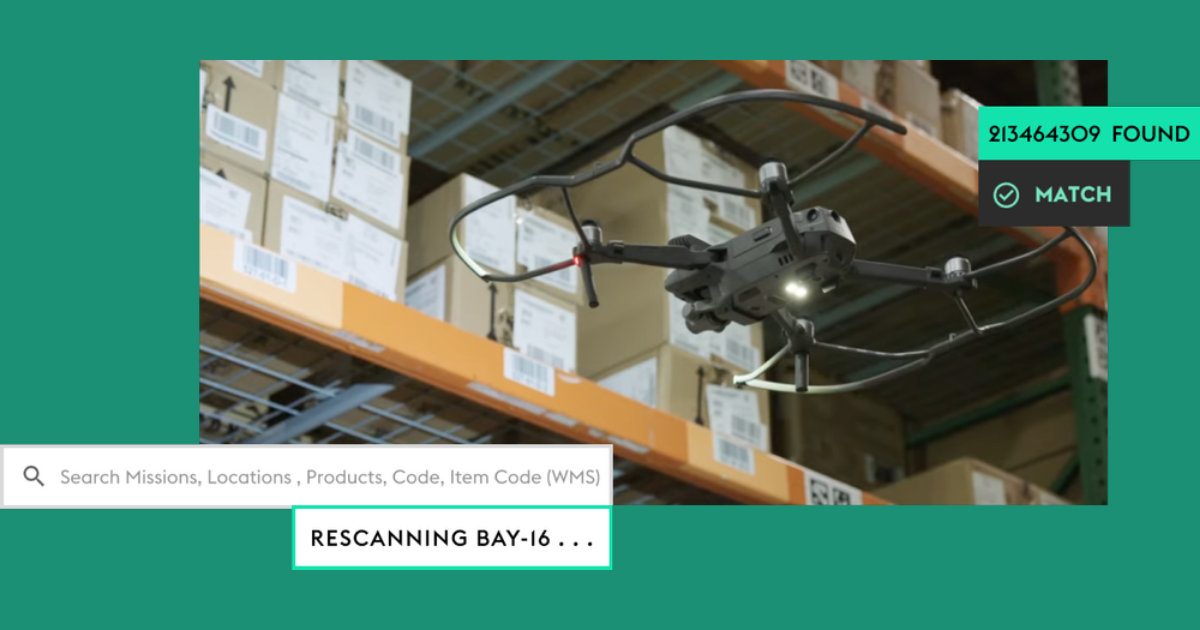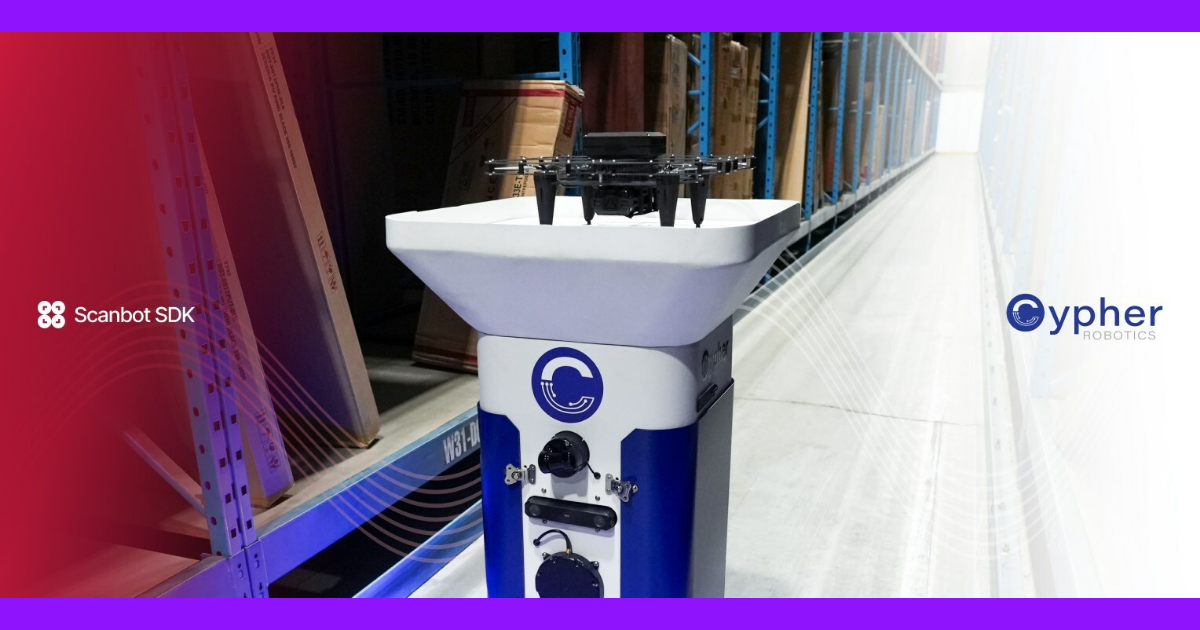
There has been a definite buzz around IoT in the last few years. This generic name applies to any combination of sensors, gadgets, measuring devices, and a processing unit. It is popping up in manufacturing, transportation, healthcare, and many other activity sectors. Unfortunately, such set-ups usually produce more data than they can process and organizations adopting them don’t see an immediate return on investment. The best way to get real value from IoT is to use all the generated information as raw matter for predictive analysis. This is because you need to look at the process as an ensemble, combining data from different points to understand potential pitfalls.
A Lean Approach to IoT
We will evaluate the use of predictive analysis to increase the value provided by IoT through the perspective offered by the seven wastes as defined by the lean philosophy. We will also indicate ways and real-life situations by which IoT, in conjunction with a predictive analytics solution can make a difference for the efficiency of the process.
Waiting time and Downtime
In industrial settings, every minute of waiting or downtime costs thousands of dollars. An industry survey states that an outage that lasts a single hour canexceed $100,000 and it is expected to rise annually. The same applies to idle time spent on the plant’s floor waiting for another phase to be completed.
The data collected by IoT devices can be fed into statistical models to identify which are the processes or the parts of the process with the highest risk of causing idle times and how long those waiting times are. Engineers can then redesign the operations to eliminate or to minimize such losses.
Sensors are also really useful in recording data which can then be processed to identify failing parts and advise a replacement before an error which may bring the entire process to a stop can occur. A good example of this is General Motors, which connected 30,000 factory robots to an IoT network and avoided over 100 potential failures by analyzing the data generated by these in a cloud environment.
Overproduction
One of the fundamental questions of manufacturing is how many units should the plant produce? The answer lies in the delicate economic balance between demand and offer, but from the production planning phase to the actual sale there are countless variables which could impact the final result.
IoT can help in this case too. By connecting POS data and gathering enough of it to include seasonal variations, for example for an entire year, the strategy department can have an accurate model of predicting sales. Of course, this is not static, it needs to be corrected with legislative changes, data about competitors, and more, but it offers a more realistic starting point for tackling overproduction.
Inventory
A waste similar to overproduction is excessive inventory, with similar outcomes: high storage costs. The difference resides in the fact that inventory means storing large amounts of raw materials or products which are used in different stages of manufacturing.
If you already know from the previous step how much you should produce, there is no need to store excessive raw materials, just in case. Of course, a small buffer quantity can be a good idea, but no more than that.
IoT sensors can detect when an individual stock of materials is running low and place an order to the warehouse in such a way that it arrives just in time to replace the depleted quantity.
Transportation
The entire transportation and shipping industry can benefit from IoT and predictive analytics. Gadgets can compute the most efficient routes, sensors can detect if containers are filled to their maximum capacity to increase efficiency and other IoT devices can make the merchandise check-in and check-out process extremely streamlined.
By feeding all the data into a computer, it can generate a good loading strategy and optimal routes for each transport, removing the need to load/unload trucks or ships. Just imagine you automatically scan each package via a barcode, and the computer finds the best place for it in a shipping container or vehicle.
Motion
This waste defines the unnecessary movement of people on the premises. It happens due to lack of organization and standardization. IoT devices connected to security cameras can identify the pathways people take. The next step is to create heat maps and determine the most congested areas to redirect and reduce traffic in such areas, thus lowering the risk of crowding and decreasing waiting times. For example, think about regulating the flow to the plant’s cafeteria by showing the expected waiting time.
Defects
Reworking any part of a product means additional costs. IoT sensors can reduce or eliminate this problem by identifying faults early in the process and eliminating the faulty part before it goes forward on the processing line. This approach is already used by installing visual sensors on assembly or packaging lines. The power of predictive analytics is to go higher up on the process chain and see when this happens, in an attempt to identify and eliminate the causes. For example, if all the defective parts come from the same human quality controller, he might be inattentive.
Over-processing
Of course, every company wants to satisfy and even surprise the customer with work of the highest quality. Yet, when this is done in such detail that is way beyond the necessary specifications, it’s only a waste of energy and resources. For example, let’s assume the client ordered some metal parts to be painted and polished for outdoor use on agricultural equipment.. Compared with a paintjob for a commercial airplane, for example, it is obvious that the level of detail and the standard of quality will be different. In this case, the predictive analytics can identify the necessary elements and handle the order without being wasteful. The IoT sensors can check if the final result is according to the specified standards.
Edited by
Ken Briodagh





